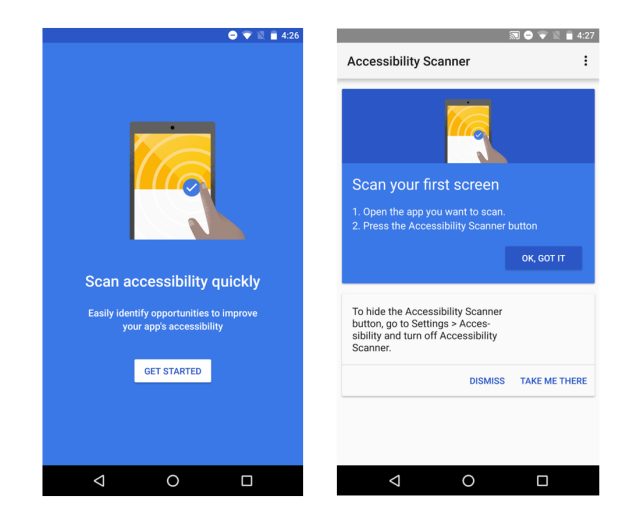
This means someone using a screen reader will not get information about how many items are in a list or be able to navigate it properly – as well as having the bullet announced as part of the content.
Bullet points being tagged as individual paragraphs for each line. Sometimes these tagged decorative images are the top of the tag tree. Decorative images being tagged when they don’t need to be. There can be a number of issues with relying on auto-tagging. The short answer is yes, they can be WCAG compliant, provided they are tagged correctly.Īdobe Acrobat Pro DC can ‘auto-tag’ PDFs, but that doesn’t mean it’s done correctly.Īuto taggers do not take context into account when creating tags and will not be able to provide key accessibility functions such as alternate text, recognising decorative images or recognising the use of particular headings and styles. Wherever you open a PDF, the layout of the document should look the same. Providing a document that can be opened on any operating system, without needing to have the app used to create them-all you need is a PDF reader and. They often contain text, images, embedded fonts, hyperlinks, video, interactive buttons, forms and more.Ĭreated by Adobe in the 1990s, the PDF set out to achieve two things. PDFs are mainly used to distribute read-only documents and are commonly used for documents like user manuals, eBooks, application forms and scanned documents. So what exactly is a PDF and how do you make yours accessible to people with disability, especially those who are blind or have low vision and use screen readers? What is a PDF? 

Sometimes they cop a bit of flak for being inaccessible, when in reality, if they are tagged correctly they can meet Web Content Accessibility Guidelines (WCAG).

Portable document format files, or PDFs, are as much a part of our lives as the internet itself.







 0 kommentar(er)
0 kommentar(er)
